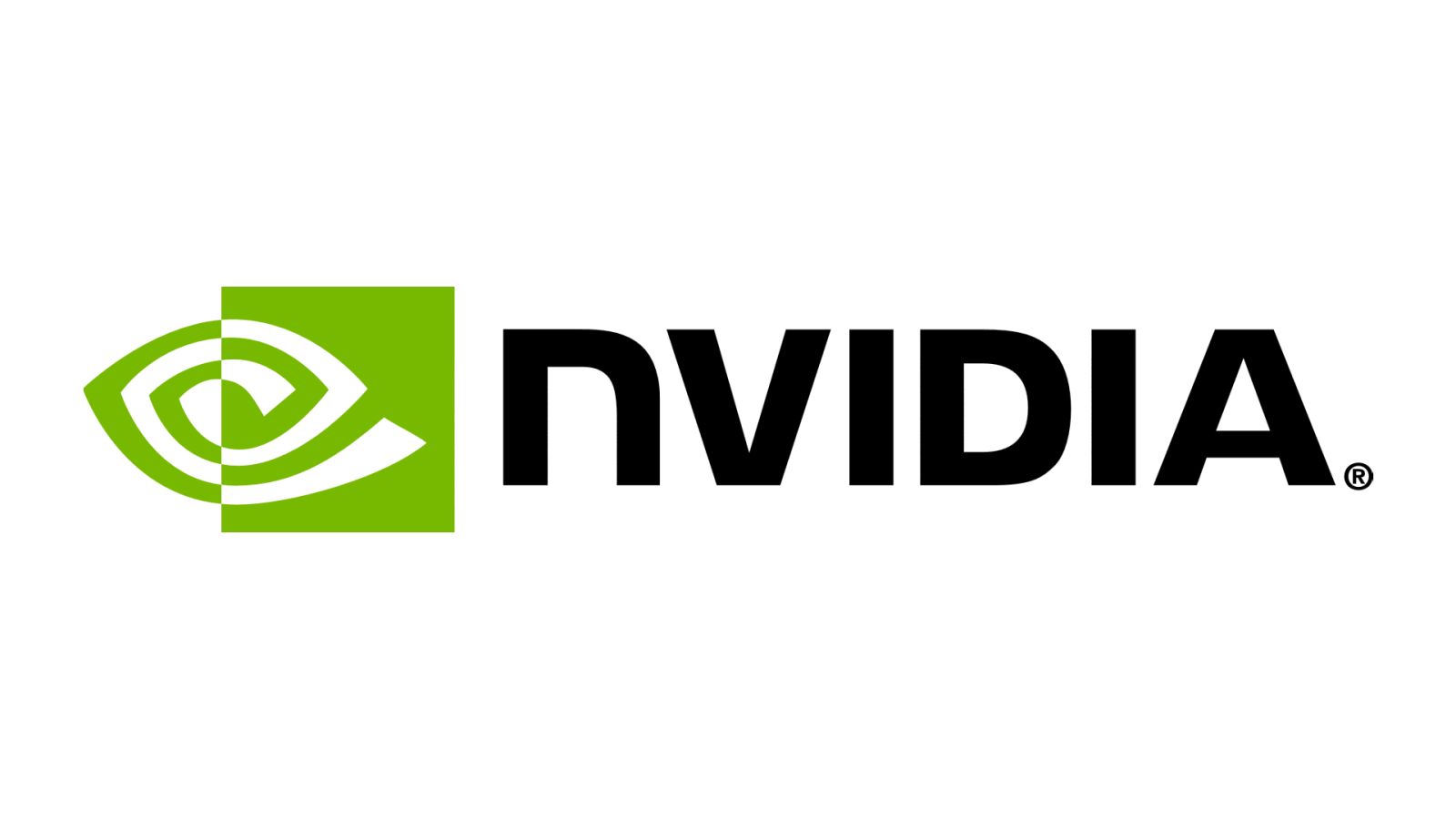Introduction
Nvidia AI revenue jumped sharply this quarter, making GPU demand a central factor for AI and infrastructure markets.
Context: Nvidia AI revenue surge
Nvidia reported $46.7 billion in revenue for the quarter, up 56% year-over-year; data-center sales powered most of the growth driven by AI workloads
Quick definition
Nvidia AI revenue refers to sales tied to GPUs and infrastructure used for large-scale AI training and inference in data centers
Quarter highlights
The company posted $46.7 billion in revenue and $26.4 billion in net income for the quarter, increases of 56% and 59% year-over-year respectively. Data-center revenue reached $41.1 billion; Blackwell-generation chips accounted for about $27 billion of those sales.
"Blackwell is the AI platform the world has been waiting for"
Jensen Huang, CEO / Nvidia
The problem / Challenges: commercial and geopolitical
Nvidia faces obstacles entering the Chinese market: no H20 sales in China during the quarter, partly due to uncertainty around export arrangements and licensing.
"While a select number of our China-based customers have received licenses, we have not shipped any H20 devices based on those licenses"
Colette Kress, CFO / Nvidia
Why it matters for GPUs and AI infrastructure
The jump in Nvidia AI revenue signals sustained demand for advanced GPUs for large-scale models; projected infrastructure spending of $3–4 trillion could shape vendor strategies and cloud investments.
Practical implications for businesses and investors
- Cloud operators and AI firms should plan GPU capacity and capex for infrastructure
- Investors need to weigh data-center exposure against geopolitical risk in China
- Hardware vendors must balance production planning with export constraints
Approach and mitigation
Mitigations include supplier diversification, close monitoring of export regulations, and exploring alternative accelerators or cloud federation when needed.
Conclusion
Nvidia’s results confirm strong AI-driven demand centered on Blackwell, yet full commercialization in key regions like China remains uncertain pending regulatory clarity.
FAQ
Nvidia AI revenue: concise answers to common questions
- How much did Nvidia AI revenue grow this quarter?
The company reported $46.7 billion in revenue, with data-center sales up 56% year-over-year. - How large was data-center revenue within total Nvidia AI revenue?
Data-center sales accounted for $41.1 billion of the quarter’s revenue. - What share did Blackwell have of Nvidia AI revenue?
Blackwell chips represented roughly $27 billion in data-center sales during the quarter. - Why were there no H20 shipments to China?
Shipments were halted amid uncertainty over export arrangements and mixed local guidance discouraging Nvidia chip usage. - How material is geopolitical risk to Nvidia AI revenue?
Geopolitical risk is material: licensing and export rules can limit access to strategic markets like China. - How should firms prepare for growing Nvidia AI revenue trends?
Plan GPU capacity, diversify suppliers, and monitor regulatory changes affecting cross-border hardware sales.
